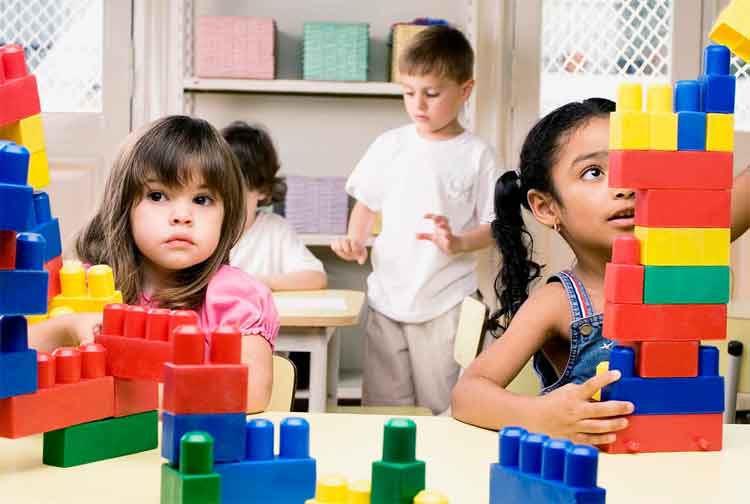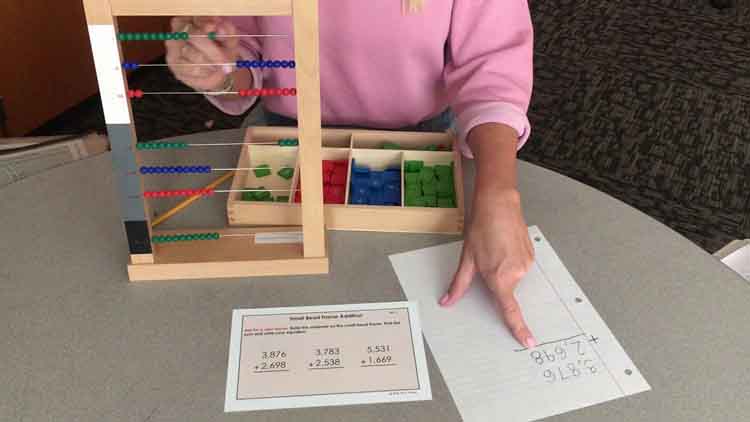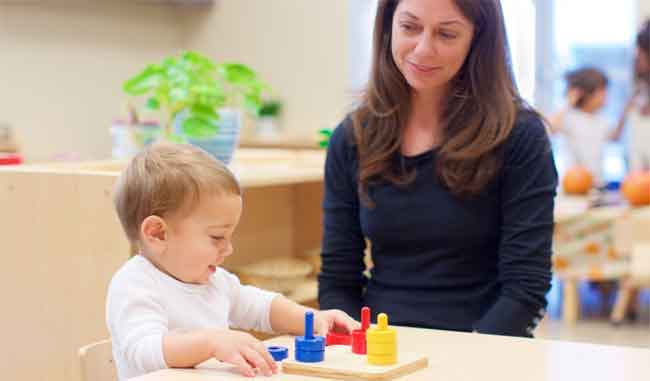In recent years, Montessori-inspired learning has gained significant popularity among parents and educators seeking an alternative approach to traditional education. Rooted in the principles developed by Dr. Maria Montessori in the early 20th century, this method emphasizes independence, creativity, and hands-on learning. Montessori-inspired education provides a holistic framework that supports cognitive, social, and emotional development by fostering a child’s natural curiosity and promoting a lifelong love for learning.
Focus Keywords: Montessori-inspired learning, Montessori principles, hands-on learning, independent learning, child-centred education, holistic education, lifelong learning, Montessori activities, Montessori classroom, early childhood education.
What Is Montessori-Inspired Learning?
Montessori-inspired learning is a child-centred educational approach that focuses on fostering independence and self-directed learning. Unlike traditional teaching methods, which often rely on rote memorization and standardized tests, Montessori-inspired education encourages students to explore and discover at their own pace. The core philosophy revolves around respecting a child’s individuality and providing an environment where they can thrive.
Key elements of Montessori-inspired learning include:
- Prepared Environment: Classrooms are designed to be engaging and inviting, with materials arranged to encourage exploration and discovery.
- Hands-On Activities: Learning materials are tactile and interactive, allowing children to gain practical experience and better understand abstract concepts.
- Self-Paced Learning: Children are encouraged to work at their speed, fostering a sense of autonomy and self-confidence.
- Guidance Over Instruction: Teachers act as facilitators, guiding students rather than dictating the learning process.
Benefits of Montessori-Inspired Learning
Montessori-inspired education offers numerous benefits that extend beyond academics. These advantages make it an appealing choice for parents and educators alike:
- Encourages Independence: By allowing children to make choices and take responsibility for their learning, Montessori methods nurture independence from an early age.
- Promotes Critical Thinking: Hands-on activities and problem-solving tasks encourage children to think critically and develop practical skills.
- Fosters Social Skills: The mixed-age classroom structure common in Montessori settings helps children develop empathy, cooperation, and communication skills.
- Supports Holistic Development: This approach focuses on nurturing the whole child—cognitively, emotionally, socially, and physically.
- Cultivates a Love for Learning: By making learning enjoyable and relevant, children are more likely to develop a lifelong passion for education.
Montessori-Inspired Activities at Home
Montessori-inspired learning isn’t limited to the classroom. Parents can incorporate its principles into everyday life by creating a supportive environment at home. Here are some ideas:
- Practical Life Skills: Involve children in daily tasks like cooking, cleaning, and gardening. These activities teach responsibility and fine motor skills.
- Sensory Play: Provide materials like sand, water, and textured objects to stimulate sensory exploration.
- Organized Play Areas: Arrange toys and learning materials on accessible shelves to encourage independent play and decision-making.
- Nature Exploration: Spend time outdoors observing plants, animals, and natural phenomena to spark curiosity and wonder.
- Reading Nooks: Create a cozy space with age-appropriate books to promote a love for reading.
The Role of the Montessori Teacher
In a Montessori-inspired classroom, the teacher’s role differs significantly from that of a traditional educator. Rather than delivering lectures or enforcing rigid schedules, Montessori teachers act as guides and observers. They carefully prepare the learning environment, introduce materials, and provide gentle encouragement as children explore. This approach helps build a strong teacher-student relationship based on trust and respect.
Common Misconceptions About Montessori-Inspired Learning
Despite its growing popularity, there are some misconceptions about Montessori-inspired education:
- It’s Only for Young Children: While it’s particularly effective in early childhood education, Montessori principles can be applied at all educational levels.
- It Lacks Structure: Although children have the freedom to choose activities, the environment is carefully organized to ensure meaningful learning.
- It’s Expensive: While some Montessori schools can be costly, many principles can be implemented at home with minimal resources.
How to Get Started with Montessori-Inspired Learning
If you’re interested in incorporating Montessori-inspired education, start by researching its principles and observing Montessori classrooms, if possible. Invest in a few key materials, such as wooden puzzles, sensory bins, and practical life tools. Most importantly, create an environment that encourages exploration, independence, and respect for your child’s unique learning style.
Montessori-inspired learning offers a refreshing alternative to traditional education by prioritizing the child’s natural curiosity and individuality. Its emphasis on hands-on activities, independent learning, and holistic development equips children with the skills and mindset needed to thrive in an ever-changing world. Whether applied in the classroom or at home, Montessori principles can lay the foundation for a lifelong love of learning.
By embracing this approach, parents and educators can empower children to become confident, self-motivated learners ready to explore the endless possibilities of the world around them.
Content Prepared by: Pratheek
Contact no: +91 98468 08283




